
When Buying Oysters, Avoid These 3 Types
Oysters are considered a delicacy and a nutritional powerhouse—rich in zinc, protein, and essential minerals. They’re a popular choice in seafood markets and restaurants alike. But not all oysters are created equal.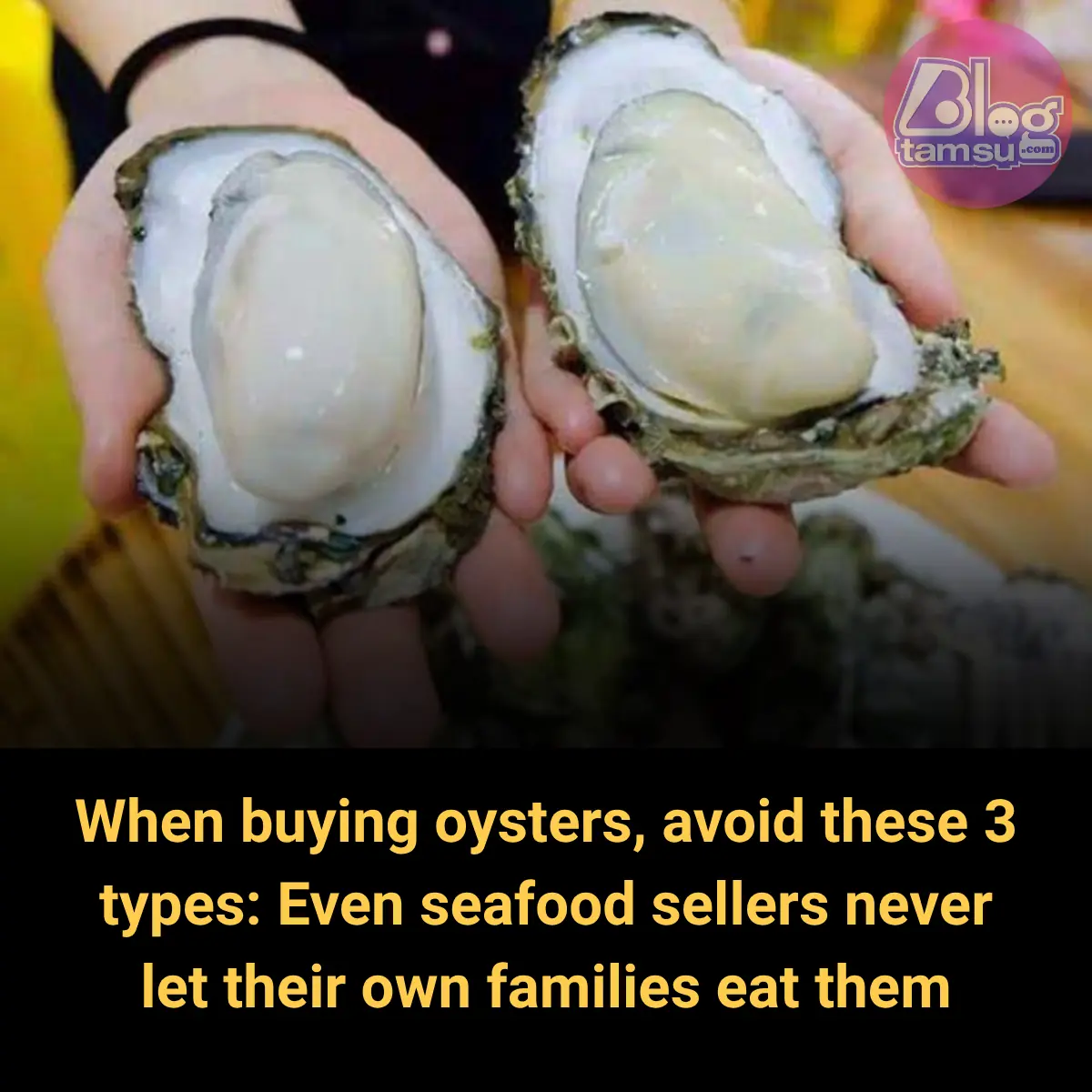
According to experienced seafood vendors and health experts, some types of oysters carry serious health risks due to the way they’re raised, handled, or harvested. Shockingly, even longtime seafood sellers refuse to let their own families eat certain kinds of oysters, no matter how cheap or tempting they may seem.
So, if you’re planning to buy oysters—whether fresh or frozen—here are 3 types you should avoid at all costs.
1. Oysters with Cracked or Damaged Shells
At first glance, cracked shells might seem like a minor flaw, but they’re a major red flag. Oysters with damaged shells are likely dead or contaminated, as their protective seal has been broken—allowing bacteria to enter.
Why it’s risky:
These oysters may harbor dangerous pathogens like Vibrio vulnificus or Salmonella, which can cause severe food poisoning, especially when eaten raw.
Seafood vendor tip:
“If a shell doesn’t snap shut when tapped—it’s dead. We toss them immediately,” says a seafood market owner with 20+ years of experience.
2. Oysters from Polluted or Unregulated Waters
Oysters are filter feeders, meaning they absorb whatever is in the water around them—including heavy metals, sewage, and toxins. Oysters harvested from unregulated or polluted waters are a hidden danger.
Why it’s risky:
These oysters may contain high levels of contaminants like lead, mercury, or even harmful algae toxins that can’t be cooked out.
What to look for:
Always check the source. Avoid oysters that don’t have clear labeling or come from unknown or uncertified waters.
3. Pre-shucked Oysters Sitting in Liquid
Pre-shucked oysters in plastic containers or vacuum packs may be convenient, but they’re also more prone to spoilage—especially if they’re not kept at the right temperature.
Why it’s risky:
Improperly stored oysters can rapidly develop harmful bacteria. Once they’re removed from the shell, they lose their natural protection and spoil quickly.
Seafood insider advice:
“Fresh, live oysters are always the safest. We never give our kids pre-shucked oysters unless we shuck them ourselves,” says one vendor.
News in the same category


10 Powerful Reasons a Simple Smile Can Change Your Life
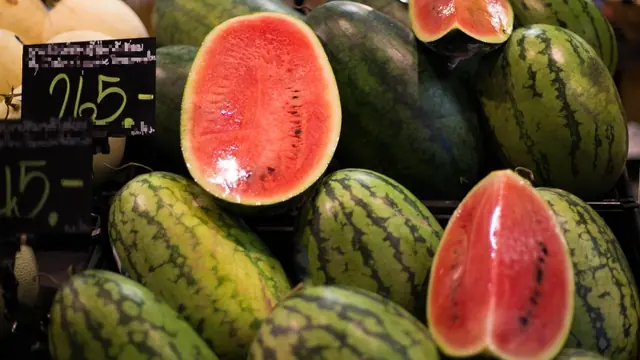
3 Common Mistakes in Storing Watermelon During Summer

Woman Suddenly Suffers Kid.ney Failure After a Meal

Why Dogs and Cats Often Hate Each Other—Most People Don’t Know This

4 Morning Habits That Increase Str.oke Risk—Avoid Them at Any Age
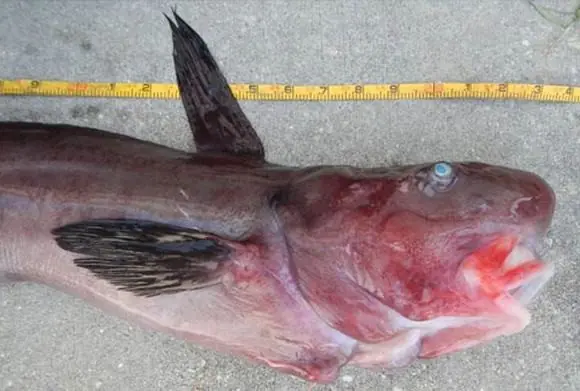
Smart Shoppers Avoid These 3 Types of Fish at the Market

Not a snake, this is the "kil.ler" that can crawl out of your air conditioner

Doctors Discovered 6 Morning Habits Shared by Most Can.cer Patients
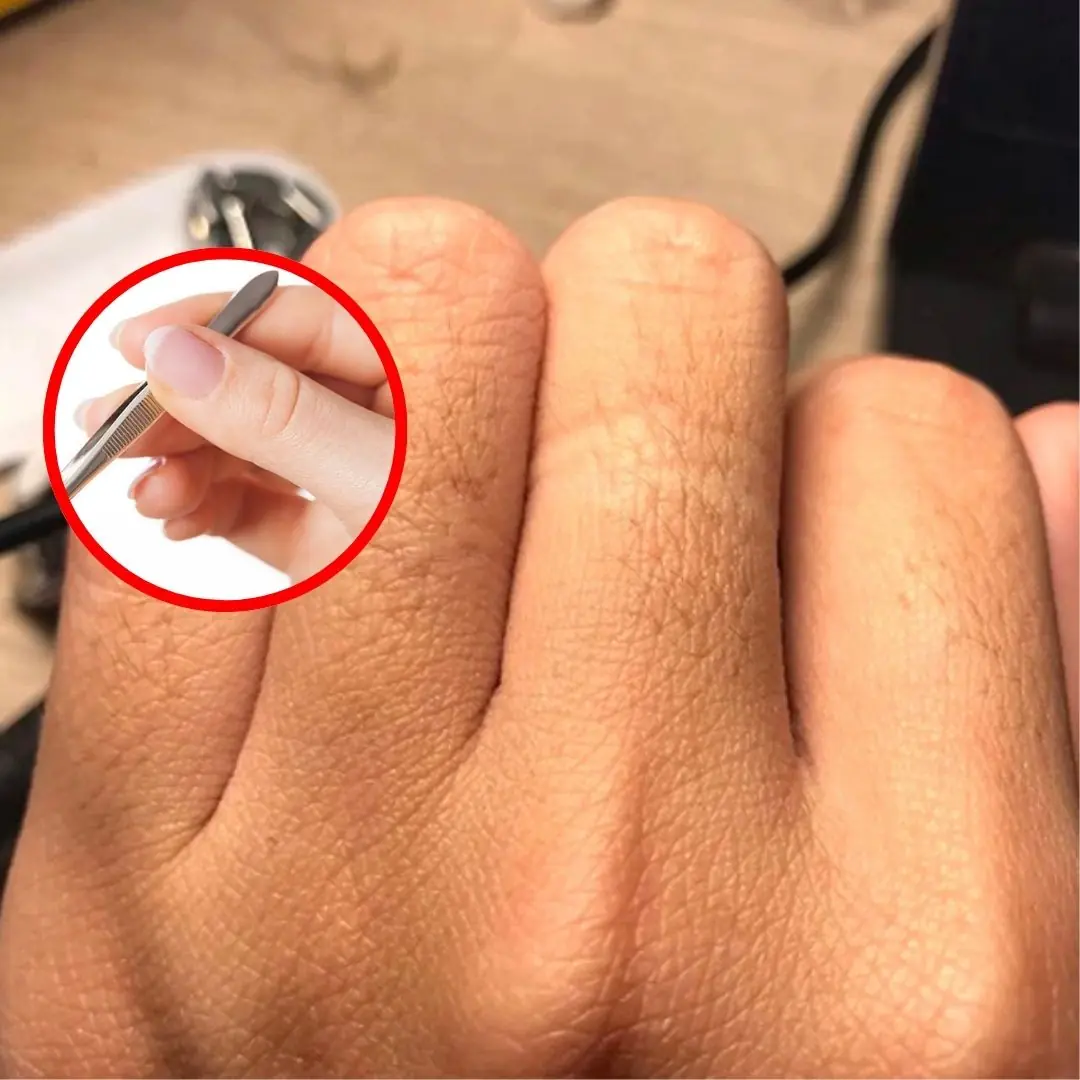
Why do women grow a lot of hair on their fingers?

20 Signs of Can.cer That Women Often Ignore

4 things you do in the morning that bring you closer to a str.oke

Garlic Is Healthy for Most But for These 4 Groups of People, It Can Be Dangerously Toxic

Snakes Don’t Fear Humans—But These 6 Animals Terrify Them
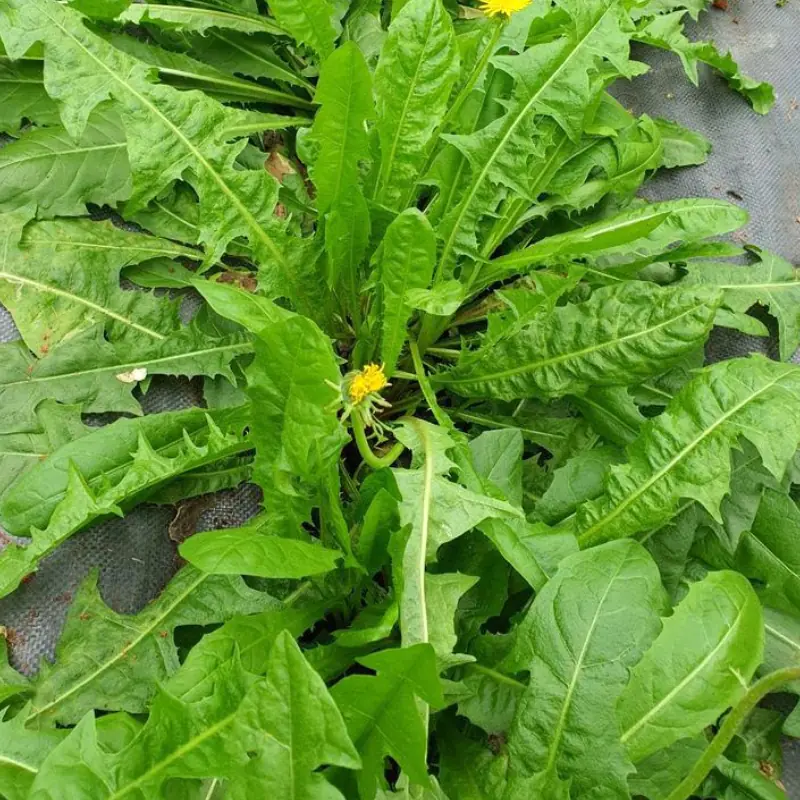
More Nutritious Than Meat and as Valuable as Ginseng
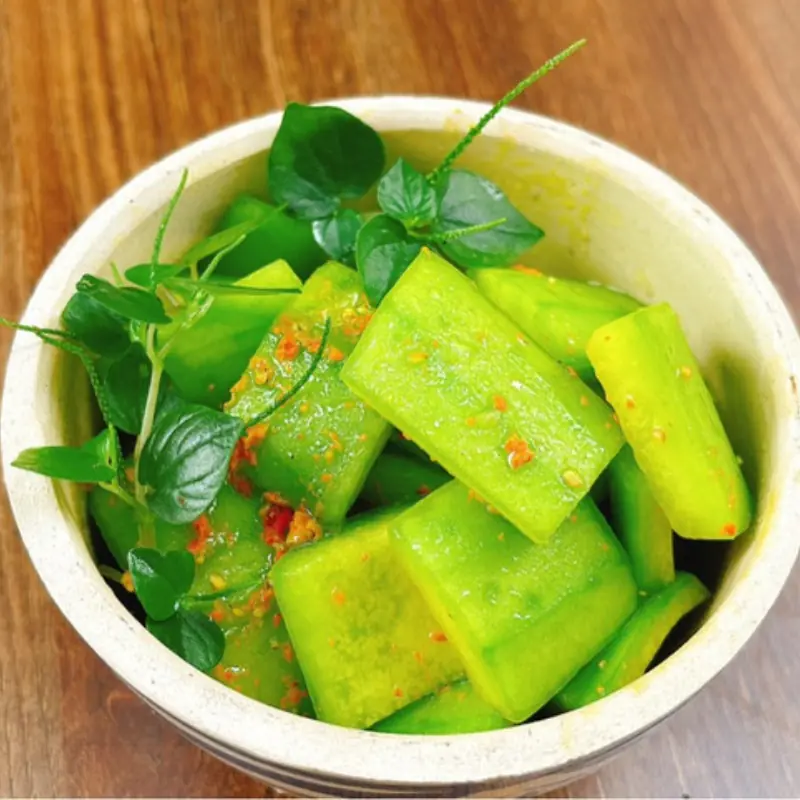
This Fruit Is the 'King of Digestion'

This Vegetable Is Known in China as a ‘Liver-Boosting Remedy’

These 3 Cooking Oils Could Trigger Cancer Cell Growth and Damage Your Organs

Warning: 4 Types of Food You Should Never Reheat
News Post

Why You Should Not Bring Seeds on a Plane: A Detailed Explanation

Bladder Ca.ncer: Symptoms You Shouldn’t Ignore

4 Healing Drinks to Prevent and Dissolve Kidney Stones

10 Powerful Reasons a Simple Smile Can Change Your Life
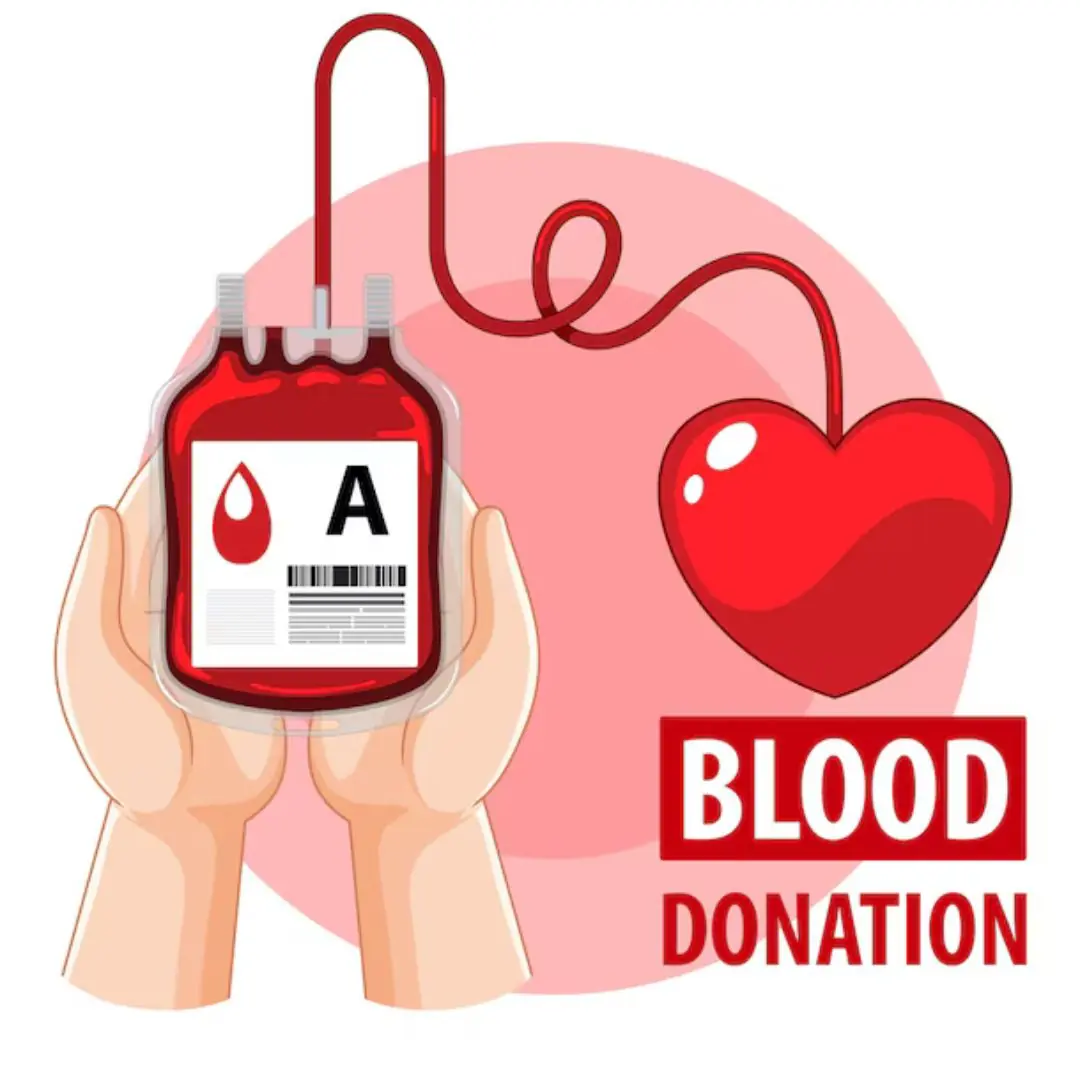
The Surprising Benefits of Donating Bl.o.od
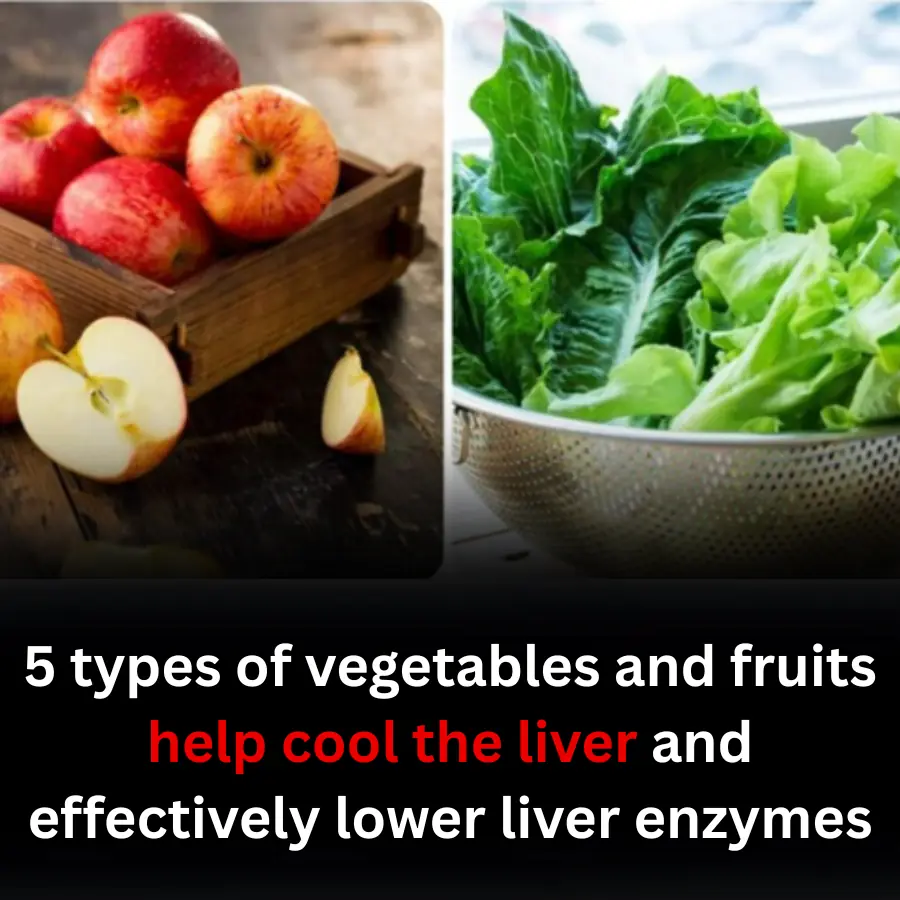
5 types of vegetables and fruits help cool the liver and effectively lower liver enzymes

Top vegetable to help reduce visceral fat extremely effectively, nutritionist reveals 4 more easy ways to lose weight

Woman Sudden Kidney Failure After Meal: Doctor Says “This Vegetable Is Poisonous… You Shouldn’t Eat It”

3 Critical Mistakes You Must Never Make with a Stro.ke Victim — Regret Won’t Undo the Damage

3 Common Mistakes in Storing Watermelon During Summer
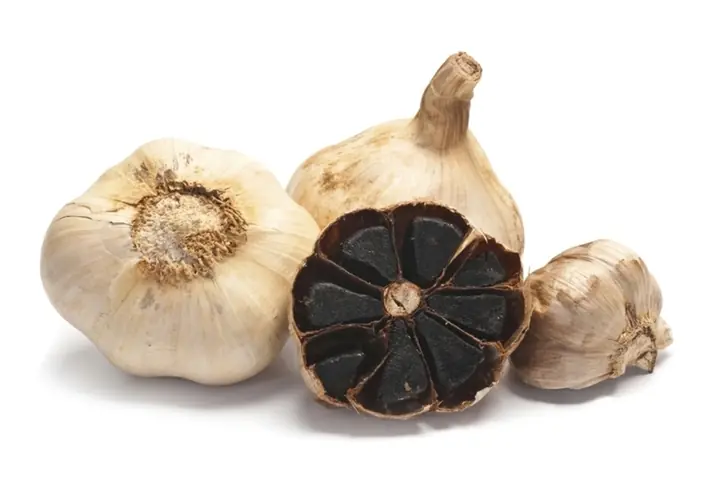
Shocking Truth: Black Garlic Isn’t for Everyone — 5 Types of People Who Should Avoid or Limit It Immediately

Woman Suddenly Suffers Kid.ney Failure After a Meal

5 Early Warning Signs Your Body May Be Signaling Can.cer — See a Doctor Before It’s Too Late
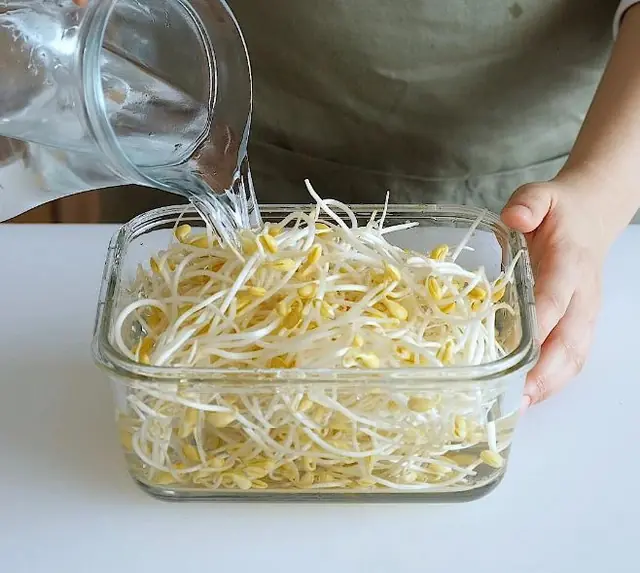
3 Common Yet Har.mful Ways People Store Bean Sprouts — Convenient but Nutrient-Depleting and Risky to Health

Why Dogs and Cats Often Hate Each Other—Most People Don’t Know This

4 Morning Habits That Increase Str.oke Risk—Avoid Them at Any Age

Smart Shoppers Avoid These 3 Types of Fish at the Market
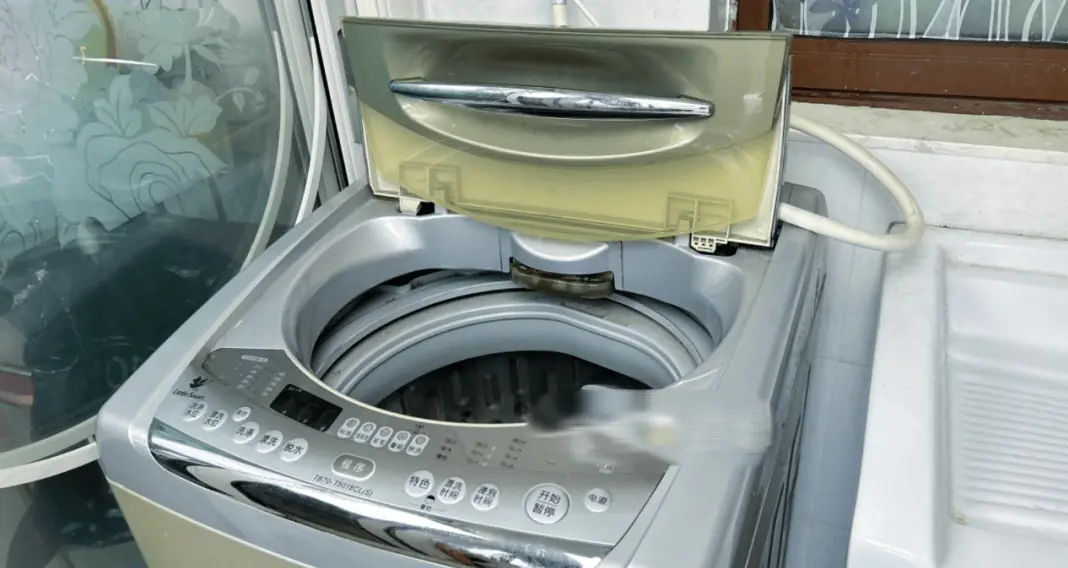
2 Hidden Spots in Your Washing Machine That Make Clothes Dirtier
